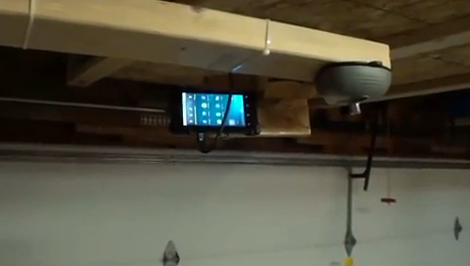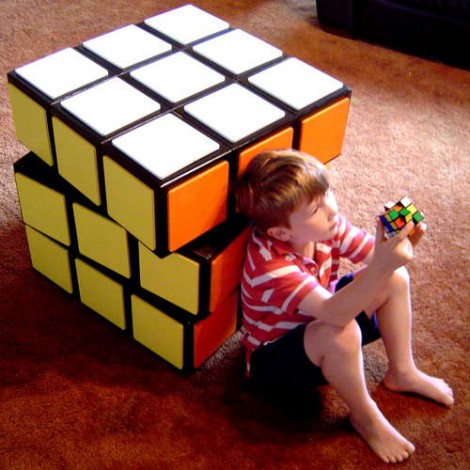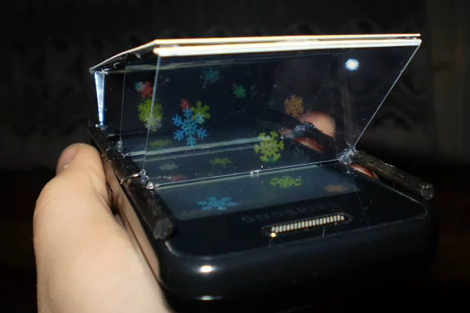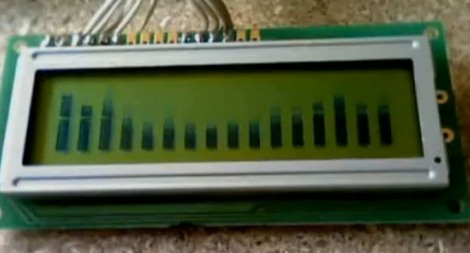
Finally, the USB port on the back of your television can be tapped for something useful. [Don] is using this add-on device to automatically cut the power to his Ambilight clone. Initially, he got tired of unplugging the power adapter each time he shut off the television, so he added a switch. But laziness overcame him and he decided he needed an automatic method. After probing around on the connections available, he established that the serial interface (normally used for servicing the device) was not of any use, but the USB port is. He measured the voltage of the power bus to be 5V when the TV is on, and 0.15V when it is off. He whipped up the circuit you see above which uses the USB connection to trigger a relay, connecting power to his Ambilight clone when the television comes on, and disconnecting it when the set is switched off.
Our dream has always been an XBMC capable device that can Velcro to the back of a TV, and be powered from that USB port. Unfortunately the Beagle Board hasn’t yet made it to a stable level when running XBMC. Our next hope is the AppleTV 2, which can run XBMC but would require some hacking to get it working off of the USB port, raising concerns about how much current it would draw at 5V.















